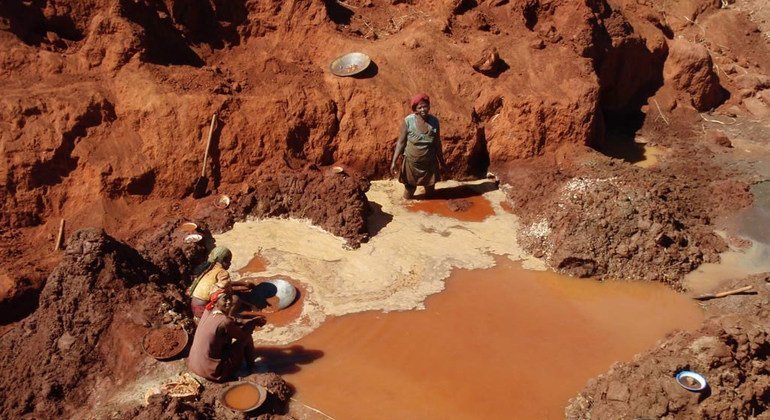Here’s the translation to American English:
Last week, Geneva was the venue for the sixth meeting of the Minamata Convention on Mercury, where more than 1,000 in-person participants and 4,000 virtual attendees came together to address mercury pollution, a highly toxic metal. The conference concluded with 22 decisions aimed at strengthening the protection of human health and the environment against this dangerous contaminant.
During a recent press conference, the Executive Secretary of the Convention, Monika Stankiewicz, celebrated the outcomes, highlighting that it is uncommon for multilateral processes to conclude on time. Stankiewicz also emphasized the participation of traditionally underrepresented groups, such as indigenous peoples, women, and youth, announcing the creation of three platforms dedicated to promoting their inclusion.
One of the most notable agreements was the decision to eliminate, by 2034, the manufacturing, importation, and exportation of dental amalgams containing mercury. This material, according to Stankiewicz, poses a risk both to the health of dental professionals and to the environment, with significant potential for release during processes such as cremation. “This decision puts an end to one of the last applications of mercury in our global economy,” she stated.
Another important topic was the fight against the illegality in the production and sale of cosmetics containing mercury. It was agreed that countries would collaborate with organizations such as the WHO and Interpol to combat the illicit production of these products, while also enhancing detection capabilities and supporting national public health strategies.
Lara Onyibene, a legal officer at the meeting, presented an update on the guidelines for identifying mercury stocks and their compounds. Meanwhile, coordination officer Brenda Kukuk highlighted the progress made in regulating artisanal gold mining, which is recognized as one of the main sources of mercury emissions. It was agreed to promote sustainable alternatives for miners, thus facilitating a just transition to less polluting practices.
Finally, a report was requested on transparency in the supply chain and certification mechanisms to reduce mercury use in the gold trade. The integration of actions against mercury pollution into biodiversity strategies was also promoted, aligning with the Kunming-Montreal Global Biodiversity Framework.
Source: MiMub in Spanish











